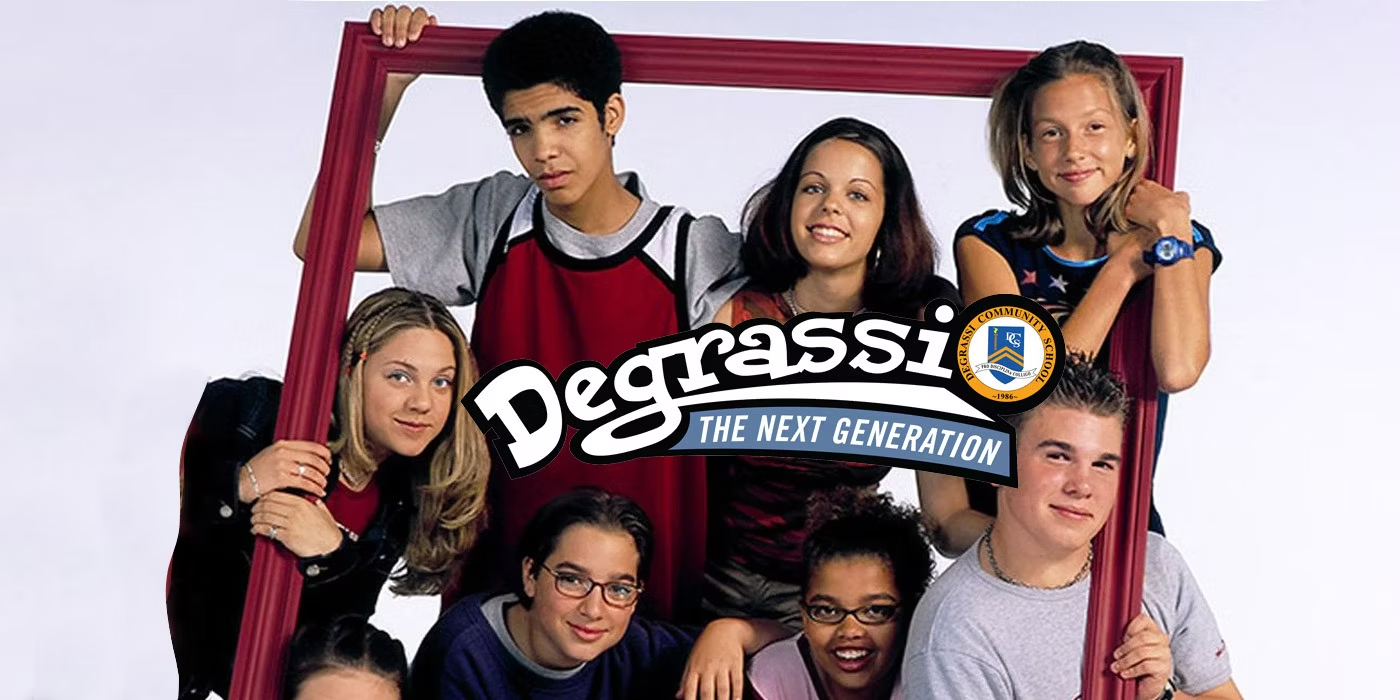Every morning I am awoken to the sound of a cupboard opening, utensil drawer sliding open and shut, followed by the incensed crinkling of the cereal boxes opening and shutting. As I lay in bed trying to get just 10 more valuable minutes of sleep, then the arguments begin. My two children are up for the day, headphones on, YouTube gazing has commenced, as I begin to get ready for the day. Flashback to 1985 and very similar situations was occurring, except through a television, and a large group of puppets- Sesame Street.

Sesame Street was a solution to an entertainment and learning issue in one. The show was designed to educate viewers, mostly primary aged kids, on quick, entertaining lessons that involved no prior learning to understand. As Postman points out in this article,
“Sesame Street” appeared to be an imaginative aid in solving the growing problem of teaching Americans how to read, while, at the same time, encouraging children to love school.
 The love of school, who wouldn’t want that instilled in their children? The issue is that the show in no way could replicate the “real” school environment. It lacked many of the elements that being present in a classroom offers to students. Social interaction, conversation, language development, how to behave under a set of values and beliefs, and the list can go on and on. A screen can be entertaining but it misses the engagement factor of actively learning. There might be somethings my kids learn from their tablets but for the most part they are truly just passively watching. From the above article this John Dewey quote stands out to me,
The love of school, who wouldn’t want that instilled in their children? The issue is that the show in no way could replicate the “real” school environment. It lacked many of the elements that being present in a classroom offers to students. Social interaction, conversation, language development, how to behave under a set of values and beliefs, and the list can go on and on. A screen can be entertaining but it misses the engagement factor of actively learning. There might be somethings my kids learn from their tablets but for the most part they are truly just passively watching. From the above article this John Dewey quote stands out to me,
“Perhaps the greatest of all pedagogical fallacies is the notion that a person learns only what he is studying at the time. Collateral learning in the way of formation of enduring attitudes … may be and often is more important than the spelling lesson or lesson in geography or history. … For these attitudes are fundamentally what count in the future.”
Jump back to last weeks lesson on learning theories. It makes sense to me. Being able to actively engage and reflect on the learned material is so important.
When it comes to modern day technology and the classroom, I reflect on the interviews Michael and myself showed you all in our presentation. Even though some of those interviews clearly had red flags pop up in them with a true lack of how to properly incorporate AV Technologies in the classroom, each teacher had their own method of teaching and practice. Think of Bob “Flix” Henderson and his fascination with movies and television for instance. Sure, popping in an episode of Degrassi might not be the best teaching practice, but depending on what followed afterwards may have. Was their deep conversation or questioning done? Was there a reflective journal written? Did the show allow for some students to experience a situation they might not normally have seen firsthand or be able to relate to?
Looking at my own practices and how they have changed AV Technologies have aided my classrooms 100%. From LMS systems to parent communication, differentiation tools such as speech to text, different presentation software, AI, projectors, 3-D Printers, not to mention the numerous online videos and interactive platforms for students to use, the list is forever growing. Like Mr. Burke discussed in his interview, proper PD or time for teachers to dive into the new software and apps is crucially important but it does take time. Time that for some is too valuable to lose in their minds which I understand as well. Not everything works out the first time and there can be frustrations because of that.
I used Flocabulary for years, but with cuts no longer can use, was a great engaging online resource offering rap songs about a wide array of topics and then activities to follow which tested student understanding. GeoNow would be another resource I use in my Social Studies classes as well. Just to name a couple. What video tools do you find yourself using in your classroom?

Hey Graeme! Your post caught my attention with the part about your kids watching YouTube in the morning. Not quite at the YouTube age yet, but my kid watches TV every morning when she wakes up. Sure it might be Number Blocks or Daniel Tiger with some sort of educational element, but sometimes it’s something pretty cringey and ultimately trash…but like you said, it’s just passive watching. And truthfully, it’s so I can deal with my 5 month old and get a cup of coffee so I can function for the next 14 hours (: …not so much for the learning potential.
The John Dewey quote you included also resonated with me. It’s a good reminder that education is a lot more than just the content we’re trying to teach kids—it’s all the other formative discoveries and connections they make along the way. Thanks for the great read!
Thanks for the comment Christina. School structures are definitely more than just the lesson itself. The socialization, relationship, and connections like you mentioned for some students are what they truly look forward to, especially when it is not their “favourite” class.
Your post talks about how technology is changing education. You compare Sesame Street to today’s devices like tablets and point out that while they can be entertaining, they don’t offer the same kind of learning as being in a real classroom. You mention a quote about how what we learn goes beyond just the subject we’re studying. You also discuss different ways teachers use technology in the classroom, like using videos and interactive tools. You share your experience with some of these tools and ask others what they use in their classrooms.
Thanks for the comment Navneet! Tech change is just happening so quickly, that teachers and students need to embrace it and trial what works and doesn’t work for their given use.